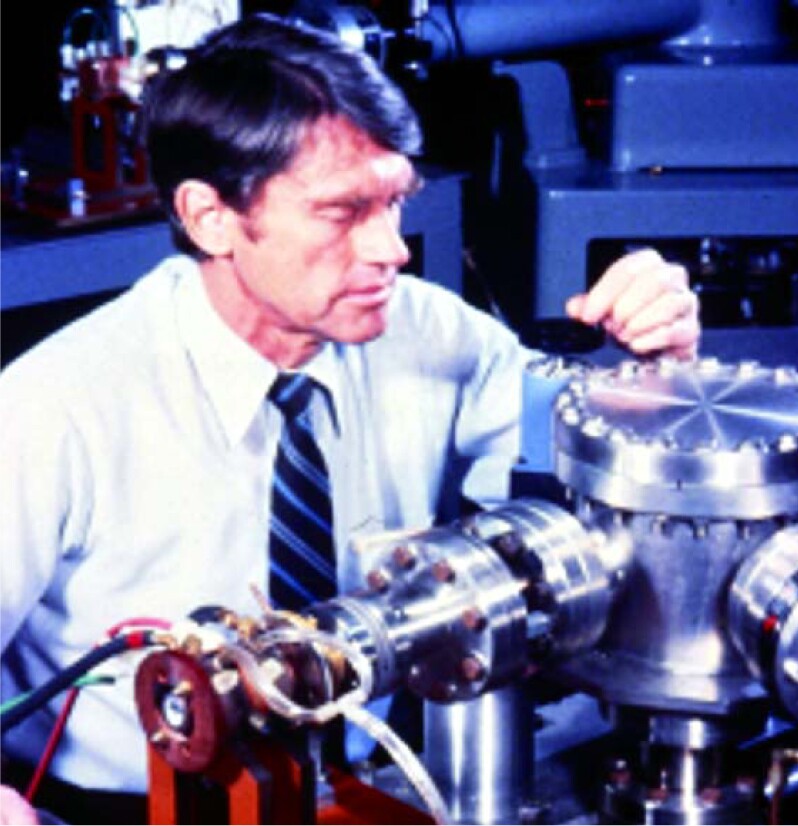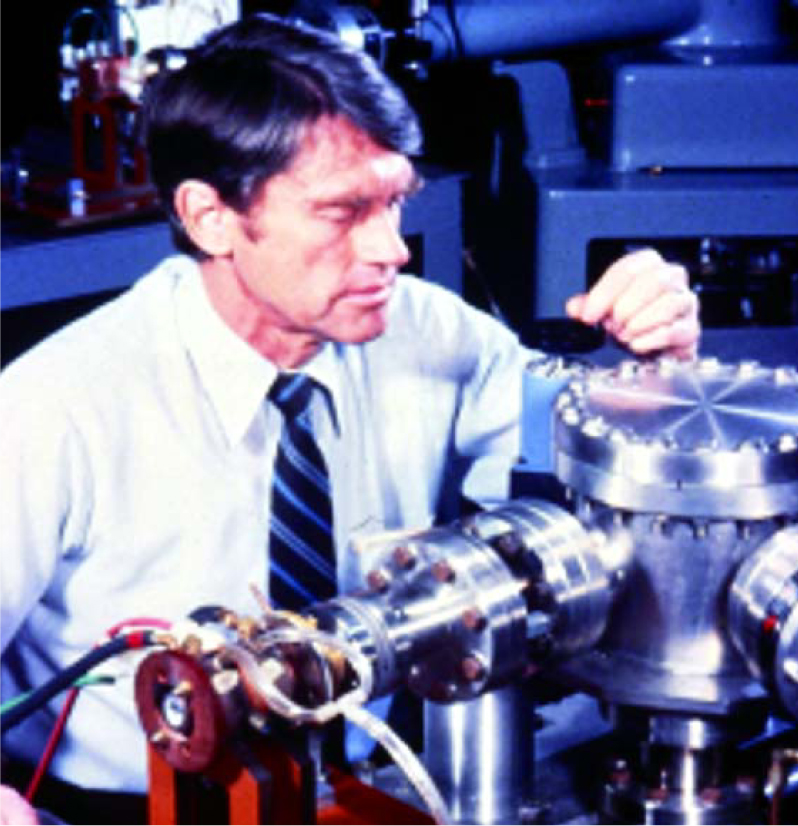Jules Zeiser Klose
DOI: 10.1063/1.1897533
Jules Zeiser Klose, an atomic physicist at NIST in Gaithersburg, Maryland, died 8 August 2004 at an elder care center in Annapolis, Maryland, following a lengthy illness and complications related to heart disease and vascular dementia. A member of the plasma spectroscopy section of the National Bureau of Standards in Washington, DC, and, later, when NBS became known as NIST in 1988, a member of the atomic and plasma radiation division, Klose was internationally recognized for using a method called delayed coincidence to measure the lifetimes of atomic and molecular excited states.
Born 7 August 1927 in St. Louis, Missouri, Klose received a BA in physics (1949) from Washington University in St. Louis and an MS in physics (1953) from the University of Rochester in New York. In 1958, he earned his PhD in physics from the Catholic University of America under adviser Malcolm Henderson, with a thesis on “Ultrasonic Dispersion and Absorption in N-Hexane Vapor.”
Klose spent the period 1953–61 first as an assistant professor and then later as an associate professor of physics at the US Naval Academy in Annapolis. Concurrently in 1960–61, he was a research associate and lecturer at the University of Michigan, Ann Arbor. In 1961, he joined NBS.
There, the focus of his research was the measurement of atomic lifetimes. He first used electron-beam excitation methods, and then, as lasers were developed, laser-excitation methods that minimized contributions to the atomic level lifetime of electrons cascading from higher energy levels. His research in the 1960s and 1970s was an important component of the NBS atomic data program, which was expanded during those years to include atomic energy levels, transition probabilities, and oscillator strengths. Klose’s measurement of the lifetime of the 372-nanometer resonance line in neutral iron was published in the Astrophysical Journal in 1971. It remains one of the best values, used through the years to put relative measurements of transition probabilities in iron on an absolute scale.
In the 1980s, Klose helped to develop primary and secondary standard radiation sources in the vacuum UV region of the spectrum and used those standards to calibrate sources for projects such as the Solar Ultraviolet Spectral Irradiance Monitor and the Hubble Space Telescope . In 1987, he received the US Department of Commerce’s Bronze Medal Award for that work.
He retired from NBS the following year—just before the transition to NIST—but continued with his research at NIST until the late 1990s. During that period, he published a series of papers on applications of the branching ratio technique for making absolute vacuum UV radiation measurements.
Jules, as everyone called him, was a World War II veteran, who served with the US Army in Japan. He had a lifelong interest in tennis and was a founding member of the Anne Arundel County Tennis Association in Maryland, for which he served as president in 1971. He was a member of the NBS tennis team for 25 years and competed—in the number one position for many of those years—in the federal interdepartmental tennis league in Washington, DC. He had a great interest in the history of American railroads and was a member of the Maryland and Pennsylvania Railroad Preservation Society. He also was an active parishioner of St. Mary’s Church in Annapolis for 50 years.

Jules Zeiser Klose
MARK HELFER

More about the Authors
William R. Ott. NIST, Gaithersburg, Maryland, US .
